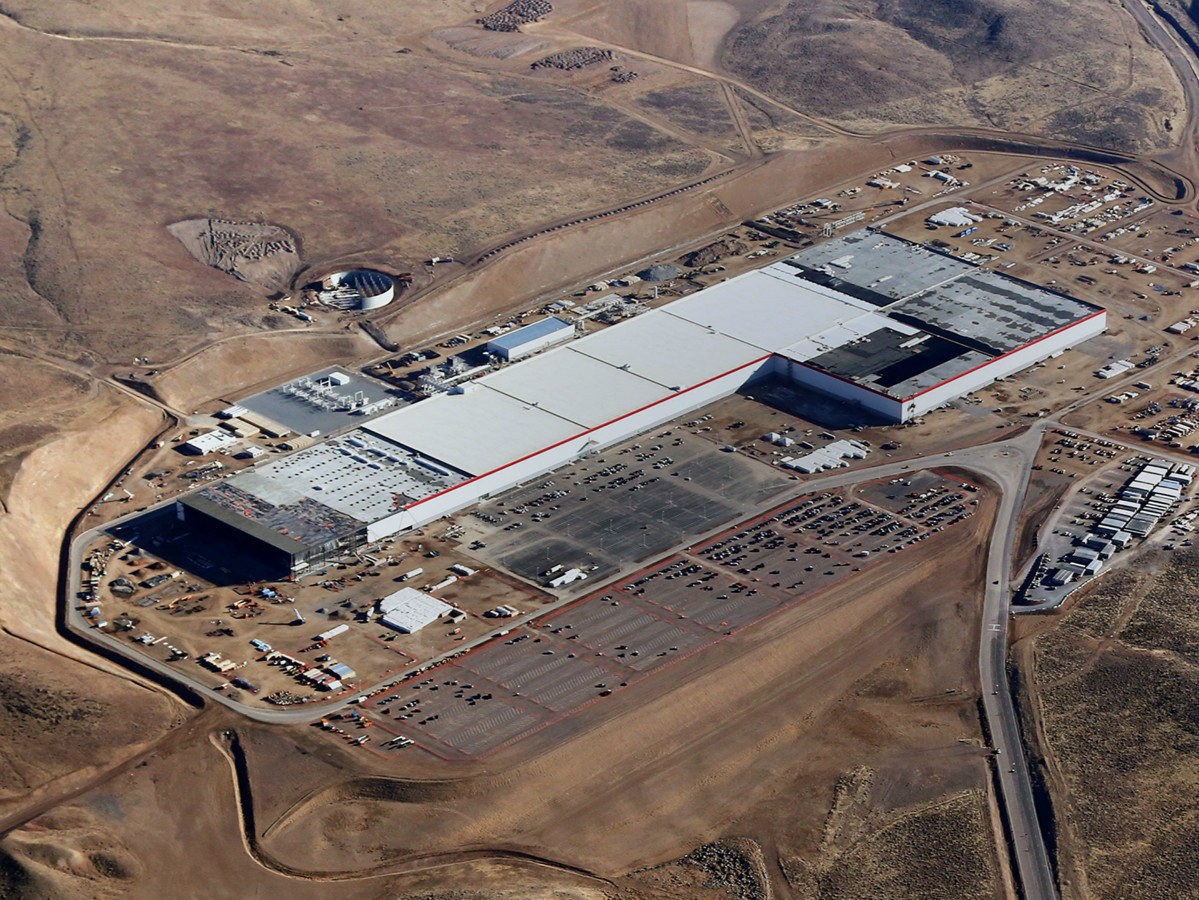Whilst international resolve to tackle climate change appeared at an all-time high after the Paris Agreement in December 2015, it’s still not clear how we’ll chart a path from our fossil fuel-intensive way of life to a low-carbon, possibly zero-carbon, future. But in the background of this international policy activity, big changes have been happening.
There has been a buzz around the falling costs of solar photovoltaics (solar PV) for many years now. It has become clear that reductions in the cost per watt is not just the result of China’s massive scale-up in production and the resulting global oversupply, but also the result of manufacturing cost reductions.
Solar PV modules now cost less than US$0.5 per watt, whilst more importantly, the cost of whole installed utility-scale solar PV systems is below US$1 per watt in the US. This was achieved three years before the US Department of Energy’s “Sunshot” programme targeted this ambitious goal. Some studies produced in the last decade didn’t foresee such costs until the end of the 21st century so the rate of innovation is much faster than many thought possible.
Aside from solar PV, we’ve also seen a frenzy of activity around lithium ion batteries, which have gone from being a newcomer in the 1990s to completely dominate the portable electronic devices markets. Lithium ion is now the battery technology of choice in electric vehicles, whose annual sales are heading towards half a million units per year.
Tesla’s “gigafactory”, the world’s largest lithium ion battery production plant, is now up and running, and Tesla’s talk of scaling up production and driving down battery costs is coming to fruition, as we are now seeing a raft of announcements for electric vehicles that are expected to be cost-competitive with petrol and diesel cars by the early 2020s.
So what does the innovation and cost reduction in these two key technologies mean for our efforts to tackle climate change? And perhaps more importantly in the near-term, what implications will these technologies have on the fossil fuel industry? The new study by the Grantham Institute at Imperial College London, in partnership with Carbon Tracker addresses these questions, with a view to understanding the global fossil fuel markets for the next three decades, as well as the temperature pathways that we might be on as a result of recent developments.
We show that we’re on a pathway that leads to an approximate 2.5C level of global warming by 2100. This depends on most countries acting on their 2030 Paris climate pledges in good faith by implementing at least moderate support for new low-carbon technologies, and accounting for some of the damage done by burning fossil fuels. This is more promising than the many “business-as-usual” pathways that would see temperature changes in excess of 4C by 2100, but still leaves much to be done if we’re to get to the “well below 2C” long term goal of the Paris Agreement.
More significantly, perhaps, the study shows that oil and coal demand could take a serious hit as a result of their falling importance in the road transport and electricity generation markets, crowded out by electric vehicles and solar PV, respectively. Solar PV takes a 30% share of the global power generation market by 2050, whilst electric vehicles take a 70% share of the road transport market by this time. For coal, this means it could have absolutely no role in the power sector by the 2040s, whilst oil would be confined to the road freight, aviation and shipping parts of the transport sector by this time. Both fuels would see their global demand peak in the 2020s.
These shifts, particularly in oil demand, could be extremely significant from an industry and macro-economic perspective. To put our study’s findings in context, we are forecasting that electric vehicles will displace two million barrels per day of oil demand by the mid-2020s – which is the supply-demand imbalance seen during the recent oil price collapse. By 2050, electric vehicles could have displaced more than ten times this amount of oil, according to our assumptions.
This study has some good news and some bad, then. On the plus side, we’re expecting a rapid penetration of new, low-carbon technologies to address part of the climate change challenge. This will shift temperature change pathways from traditional business-as-usual (an increasingly redundant concept) to lower-temperature pathways.
Unfortunately, this is still not enough to meet the ambitious Paris Agreement goals. So we need to think hard about which other technologies can be deployed cost-competitively and at scale to displace fossil fuel technologies. More importantly for the near-term, the shifts envisaged in this study could have profound and potentially destabilising consequences for the fossil fuel industry if they are not fully understood and planned for. It’s time we looked to these future mega-trends with our eyes open, so as to expect the unexpected.
Also see: These four lessons will help China win the electric vehicle market








![[:ur]An avalanche, such as this one on Annapurna in Nepal, can be set off by a tremor as low as 2 on the Richter scale [image by Maureen Barlin] [:]](https://dialogue.earth/content/uploads/2017/02/Avalanche-300x200.jpg)